Discovering Darwin, Australia and the Territory Wildlife Park
Nature, birds, and art--all in one amazing package!
Darwin, the largest city in the Northern Territory, is isolated from the rest of the country by the enormous Australian desert. After cruising up the northeastern coast of Australia and visiting small- to medium-sized towns, we were surprised to see tall condominium and hotel buildings along the shore when approaching Darwin. It’s been a while since we’ve seen evidence of this much civilization.
We chose the 5-hour, Regent-included tour, TERRITORY WILDLIFE PARK, and are over-the-moon happy that we did. This was a 5-star excursion; we loved everything about our visit to the wildlife park, although we would’ve enjoyed an entire day excursion even more. We saw about half of the enormous park in our three-hour visit, and what we saw was amazing!
The HIGHLIGHTS as described by Regent:
Travel by coach across scenic Northern Territory to a native Aussie wildlife park.
Equipped with a map, explore the park independently.
Use park trolley shuttles and walking paths to move between exhibits and experiences.
Choose to stroll through a walk-through aquarium, visit a Nocturnal House, watch a birds of prey demonstration, tour an enormous rainforest aviary, and more.
From Regent Description: Visit this 1,000-acre natural bushland park. After an hour-long scenic coach drive from Darwin to Territory Wildlife Park, you’ll be oriented by park staff, equipped with maps, and then chart your preferred course through the array of native animal exhibits and experiences available here. Shuttles circulate around the entire park, providing informative commentary as they move from one stop to another.
Regent provided accurate information. Although the bus ride was somewhat disappointing because of a “broken PA system,” the driver repeatedly apologized and did his best to provide commentary for the hour-long drive. We had seats about midway back and could only hear bits and pieces of what was described. Too bad. He appeared to be sharing lots of information.
Once we arrived at the park, all went smoothly. The shuttle buses were a lifesaver. While the trails were level and well-maintained, temperatures were in the low 90s, and humidity hovered around 85%. Sherpa and I walked about three miles over three hours and used the shuttles twice to transverse longer distances.
The Territory is blessed with a richness and diversity of wildlife. The harshness of the climate prevents many native animals being seen and appreciated, hence we developed exhibits such as the Nocturnal House. One of the major problems when establishing the Territory Wildlife Park was deciding which animals would be displayed... Many of the animals displayed over the Territory Wildlife Park’s history have never been seen in parks or zoos before. — Territory Wildlife Park website
We began at the Main Station, rode the tram to the Monsoon Forest, hiked through the forest and aviaries, and then crossed the road to walk through the Billabong. We then hopped on the shuttle and were dropped near the Nocturnal House. After our visit there, we returned to the Main Station via a woodland trail. We had twenty minutes to check out the gift shop and purchase an ice cream treat before boarding the coach for our return to Darwin.
Monsoon Forest was our first stop. A mile loop trail wove in and out of the thick forest, with stops at a half dozen medium-sized aviaries. We then followed an elevated boardwalk into the forest canopy and that led into an immense two-story, net-enclosed aviary. Finally, we descended back to ground level and strolled through the monsoon forest.
Animal Lanterns are located in all of the Train Station shelters. The artist, Techy Masero, was commissioned to build a collection of animal lanterns out of steel and fiberglass. The lanterns were painted by Artists-in-the-Park, volunteers, and Territory Wildlife Park staff and include a giant python (Nocturnal House), Flying Foxes (Monsoon Forest), and Archerfish (Billabong).
Walk through a door and into a small rustic space—you are in the midst of a monsoon in the forest. Water pours from the sky, pools form on the earth, everything is wet, and there are hundreds of fungi on the logs and in crevices, sparkling with raindrops. Look closely, as the mist rises from every surface. You are looking at an art installation!
Fungi of the Monsoon Forest by Jasmine Jan (Artist-in-the-Park)
Here at the Territory Wildlife Park most fungi are not visible to visitors, however in the wet season hundreds of different types of fungi become visible as their fruiting bodies reveal themselves amongst the leaf litter.
The fungi displayed within the exhibit were created by Jasmine Jan (Artist-in-the-Park) and a number of tutors and students from Aussie Potz studio. Jasmine is employed by Territory Wildlife Park to develop artistic installations around the Park that interpret and tell stories about the natural history (flora and fauna) of the Park.
The fungi that can be seen "growing" on the logs, trees and from the soil in this exhibit have be handmade from clay and have been created to show visitors what appears throughout the Monsoon Forest during the wet season.
Jasmine Jan is the artist who developed the concept and ran a workshop with a number of local clay tutors from Aussie Potz studio. She then went on to produce the remaining pieces and install them in this exhibit so that visitors to the Park can experience seeing fungi in a wet season exhibit.
—as posted at Territorial Wildlife Park, Monsoon Forest Trail
These Pied Stilts seem arrange themselves neatly on a log. From eBird: Large black-and-white shorebird with long straight, needle-like bill, and very long pink legs… Makes dog-like yapping calls (think Chihuahua).
And yes, they did yap like a Chihuahua! A threesome of stilts and a pair of Green Pygmy-geese were tucked on this log in the Paperbark Swamp aviary.
The forest floor is part forest lake. The sounds of birds is symphonic.
No wonder we only saw half the park—we were lollygagging everywhere we went. So much to see. I also took more photos of birds than I care to admit, but in order to make this post a reasonable length, I’ll share most of those bird photos in a separate post. (Coming soon.)
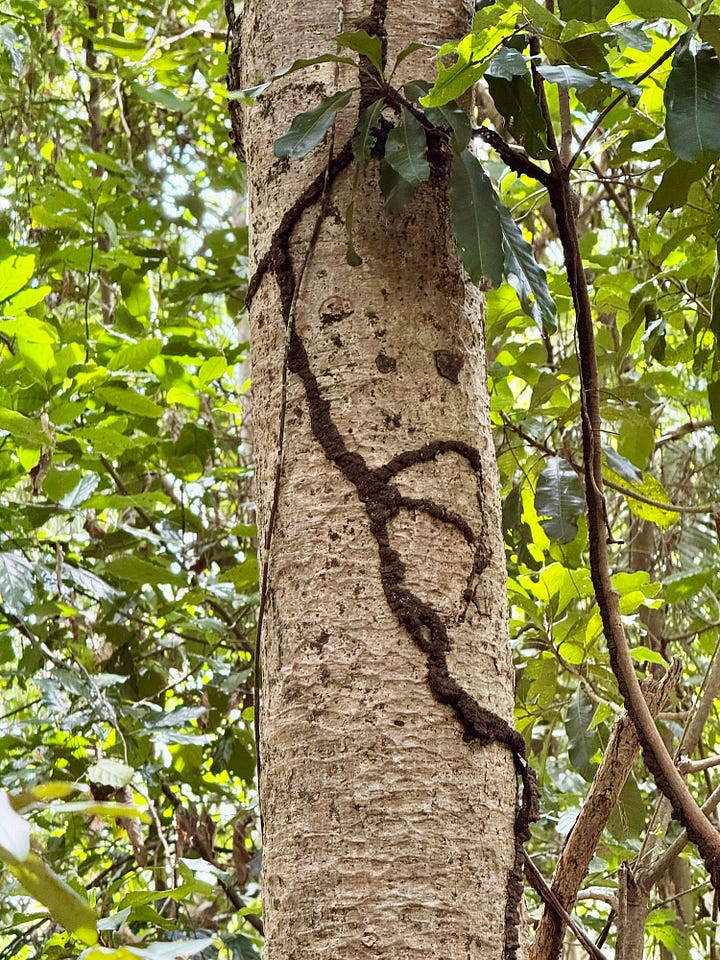
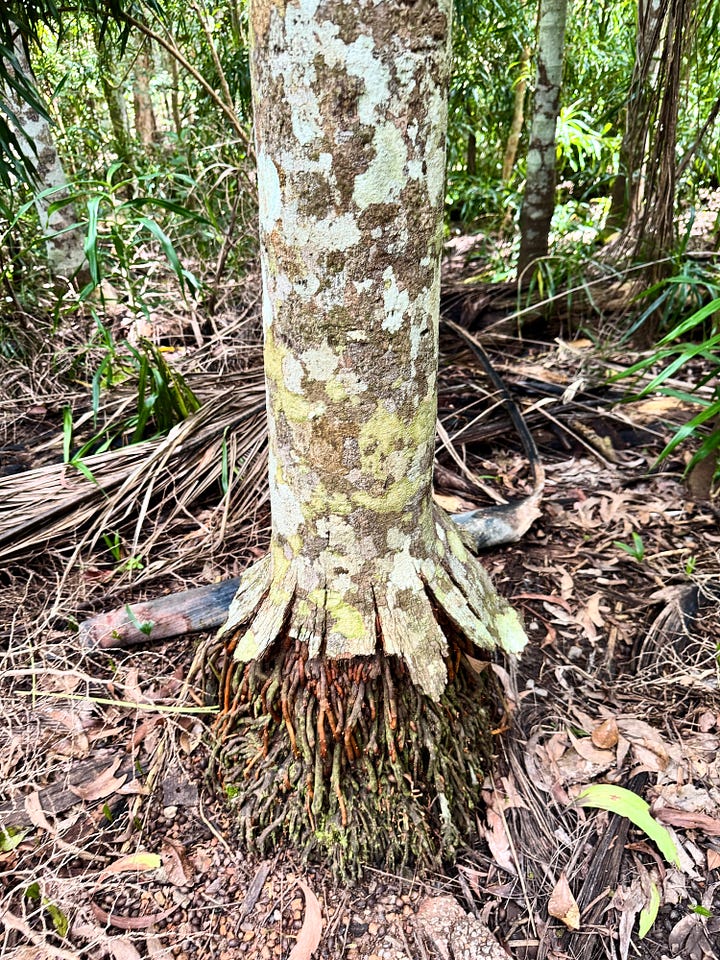
Termite trails are tunnel-like structures built by termites to protect themselves from sunlight, predators, and drying out as they travel between their nests and food sources. It’s a bit like termite tree art in the monsoon forest—abstract marks cover many of the trees. There are also trees that lift up their bottom bark skirts to show off a mighty root system. So many incredible sights in the monsoon forest.
The Aboriginal word billabong probably originates from the Wiradjuri language and means "a watercourse that runs only after rain." Derived from bila (river) and possibly bong or bang (continuing in time or space), billabong refers to a small lake or waterhole, often an oxbow lake, formed by a river changing course.
At the Territorial Wilderness Park, Billabong refers to permanent waterholes, often still or stagnant when cut off from the main channel during the dry season but reconnected to flowing water during the wet season.
We walked through the Billabong, hoping to glimpse a saltwater crocodile. Despite all the warnings we’ve received about crocodiles and all the stories others have eagerly shared, we have yet to see any proof of a crocodile. No luck here, either. There was not a single crocodile in sight, not even a tremor in the still water.
We did see a few birds hanging around, including these Australian Pelicans. According to eBird: “Very large and distinctive black-and-white pelican. Enormous bill with characteristic throat pouch. Usually found near water, both marine and inland waterways.”
Yes to large, yes to black-and-white. Yes, to an enormous bill. Yes, to the throat pouch. Yes, to near water. These pelicans are textbook specimens.
Back at Billabong Station, we hopped on the tram to our next destination, the Nocturnal House. We had a couple of detours—to the Lake where barramundi feeding was taking place and to the exhibit of Water Buffalo, a non-native species brought to Australia from Asia to work as draft animals. They were released into the wild when it was discovered they weren’t suitable for this work, became feral, and significantly damaged the rainforest. Unclear why they have an exhibit here.
The Nocturnal House Station, features a giant python by artist, Techy Masero.
Recycled Metal Animal Sculptures. More art was hanging from the ceiling at the entrance to the Nocturnal House—a metal, hanging bat art installation.
Artists Peter Jettner and Troya Bywaters created Recycled Metal Animal Sculptures using recycled and repurposed metal objects from farming equipment and tools. Their sense of design captured the characteristics of Australia’s wildlife.
We loved seeing all the nocturnal creatures in the very dark exhibit hall. It took a while for our eyes to adjust, but suddenly, snakes were slithering, frogs were jumping, mice were hopping, and a tiny wallaby was darting back and forth, half-hidden in the foliage. (The hopping mice had feet that resembled those of a kangaroo! Super fun to watch!)
These green frogs looked plastic to me, too…until they jumped. Aren’t they shiny? I wonder if my grandchildren think they are cute?
Atlas Moth and Felted Forest. These acrylic boxes, filled with felt leaves, insects, and more, were created by local artists, volunteers and the Berry Springs School community; the art depicts the life-cycle and food plants of the Atlas moth. This large, striking moth species is endemic to the “Top End of the Northern Territory” and is no longer as common as it once was.
The Nocturnal House Tunnel Mosaics are in the public viewing area at the tram stop. Artist Janie Andrews worked with students from Berry Springs Primary School and staff from Territory Wildlife Park to create hand-built, glazed tiles based on sketches of animals and plants from the Nocturnal House. The tunnels are interactive art—we saw kids and adults exploring inside and out.
We ended our Nocturnal House exploration and walked about fifteen minutes through the woodland trail to the Main Station. We’d hoped to spend our remaining Australian Dollars at the gift shop, but the selection was limited, so we bought ice cream instead.
We returned by coach to Darwin, with me sleeping on Sherpa’s shoulder for most of the trip. We had also planned to take a shuttle into Darwin, but we didn’t have enough time. We had postcards ready for the mail—maybe a kind Aussie passenger will take them home and mail them for us! And since we couldn’t spend all of our AUD, I guess we’ll have to return someday soon!
This poem is a lovely tribute to Wet Season Rain. Written by Sue Jean Stanton Tjalingmera, it begins with these lines:
Smell it. Waiting on the hot and cool breeze. Hear it. Rat-a-tatting its machine gun fire on the tin roofs. Feel it. Firing its bullets all around. Taste it. Streaming down the face, mingling with sweat as it runs from hot eyes to dry mouth...
This poem is both a sensory blessing and testament to power of the monsoon rain season. It does an incredible job of evoking all the senses and bringing the rainy season into sharp focus and feel.
The park does an extraordinary job of presenting the various animals and birds in their natural habitats and then gracing the park with art installations, information signs that are mini-works of art, and even poetry! Territory Wilderness Park is our favorite kind of place!
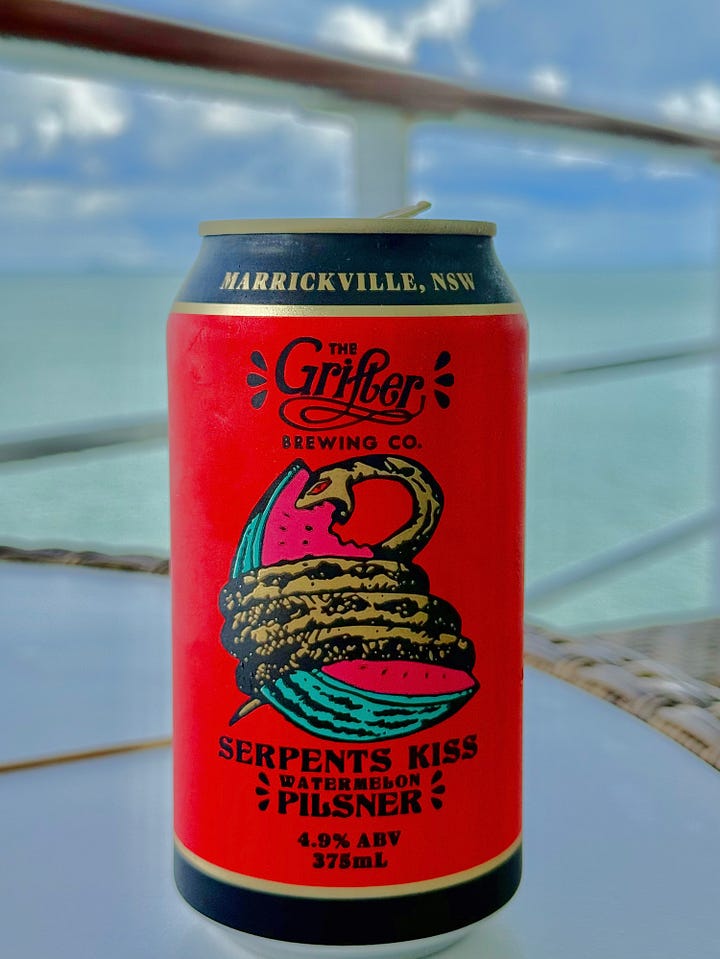
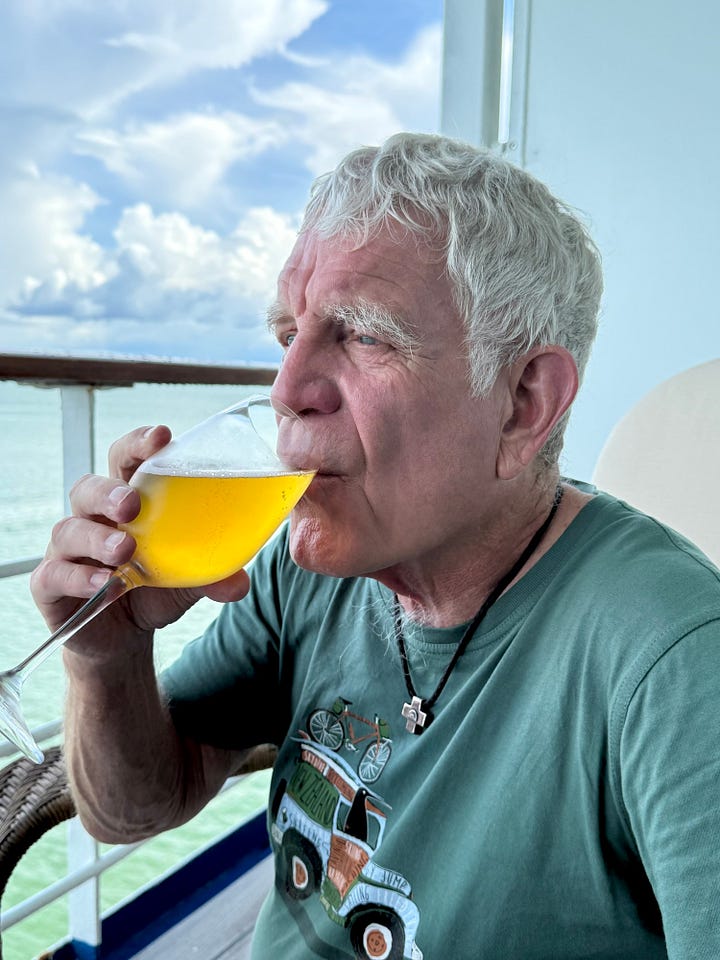
Once we were back onboard, and had cooled off with showers, Sherpa decided to cool off even more with a cold beer.
Destination Beer: Serpent’s Kiss Watermelon Pilsner from the Grifter Brewing Co. in Marrickville, New South Wales. 4.9% ABV. Sherpa’s Take: “McDonald French Fries Gold” in color, very smooth with low carbonation. Mild flavored, slightly malty with a hint of watermelon. As the beer warms, the fruity/malty flavor is enhanced. Beach beer category and should be served very cold. This beer is surprisingly enjoyable. I purchased this beer by mistake, but it was a serendipitous error. I would happily buy this again.” 6.5/10.
Darwin was our last port of call in Australia. We are now sailing towards Indonesia.

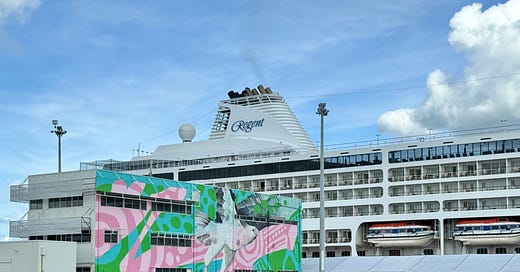



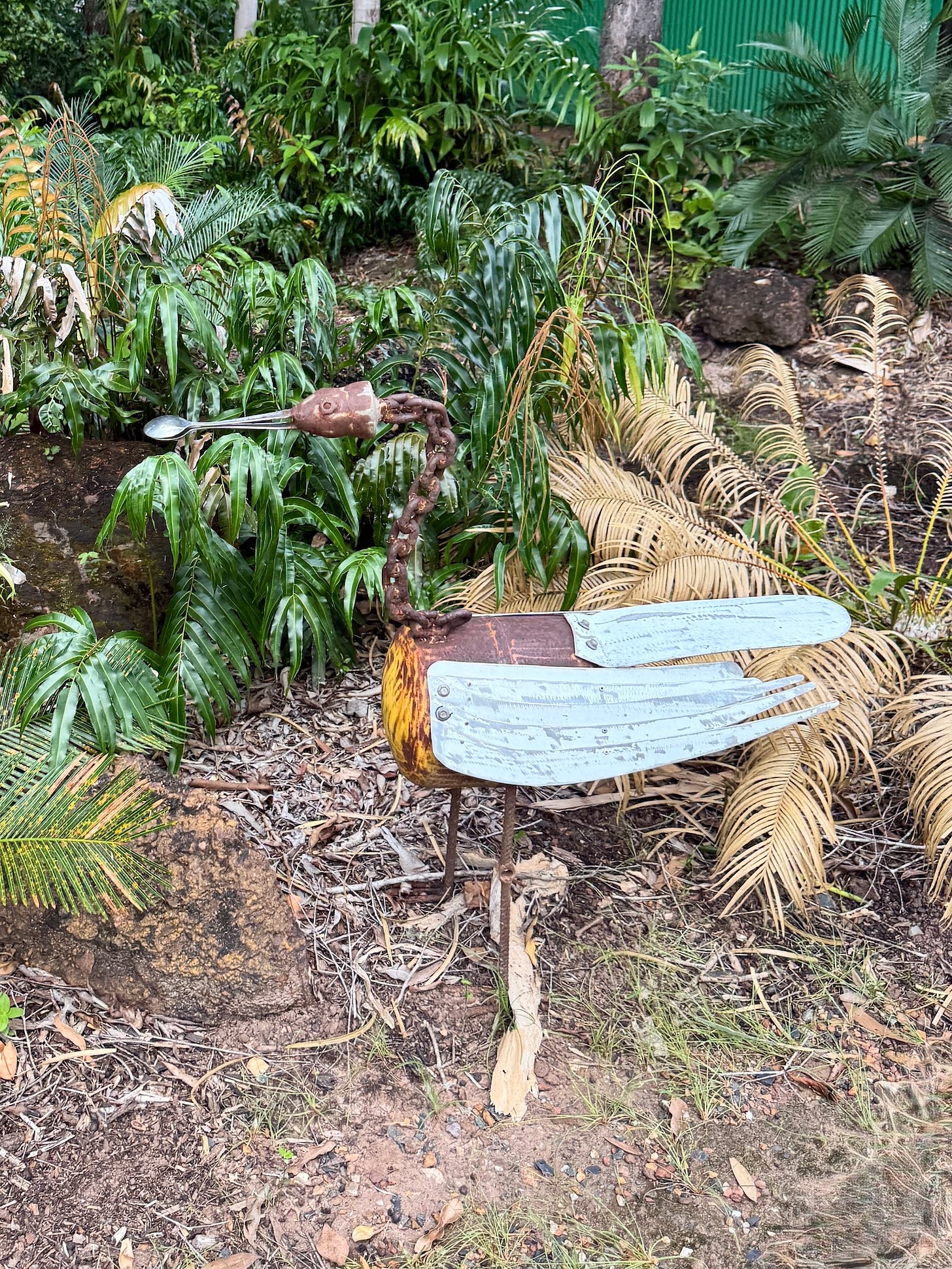
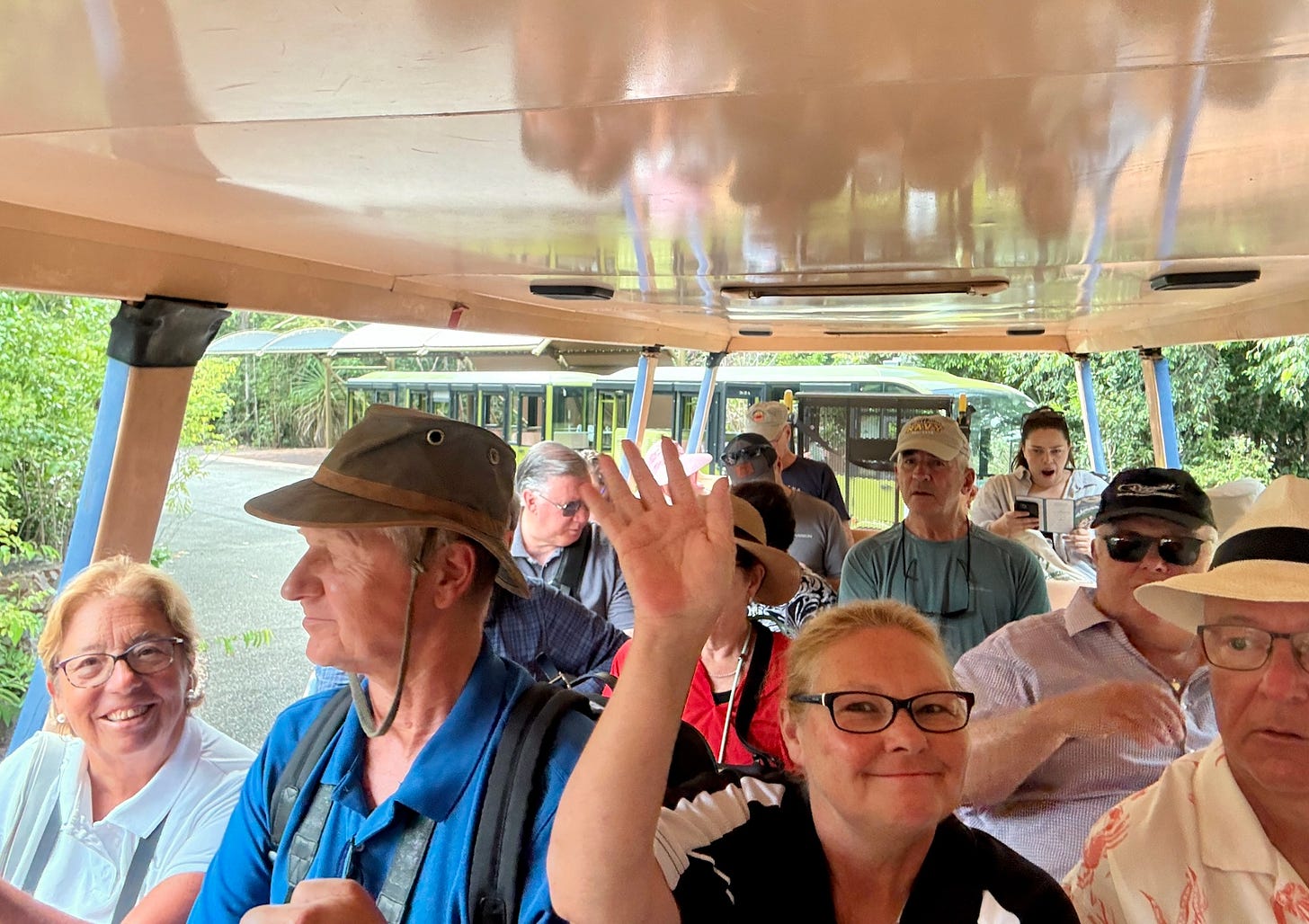
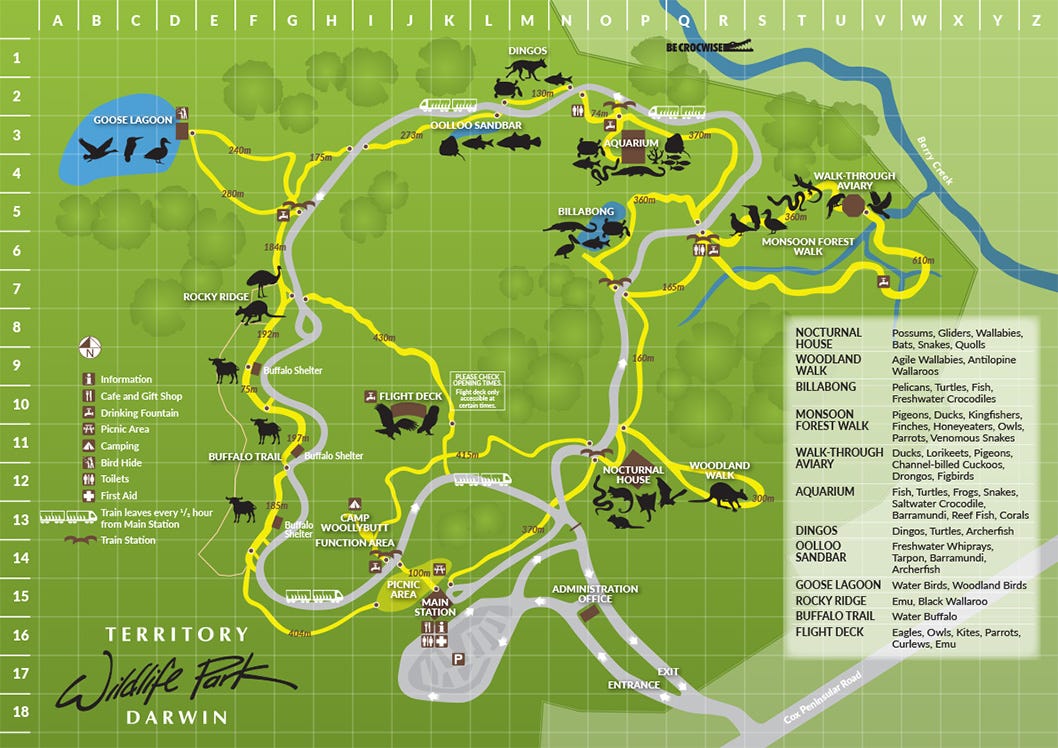
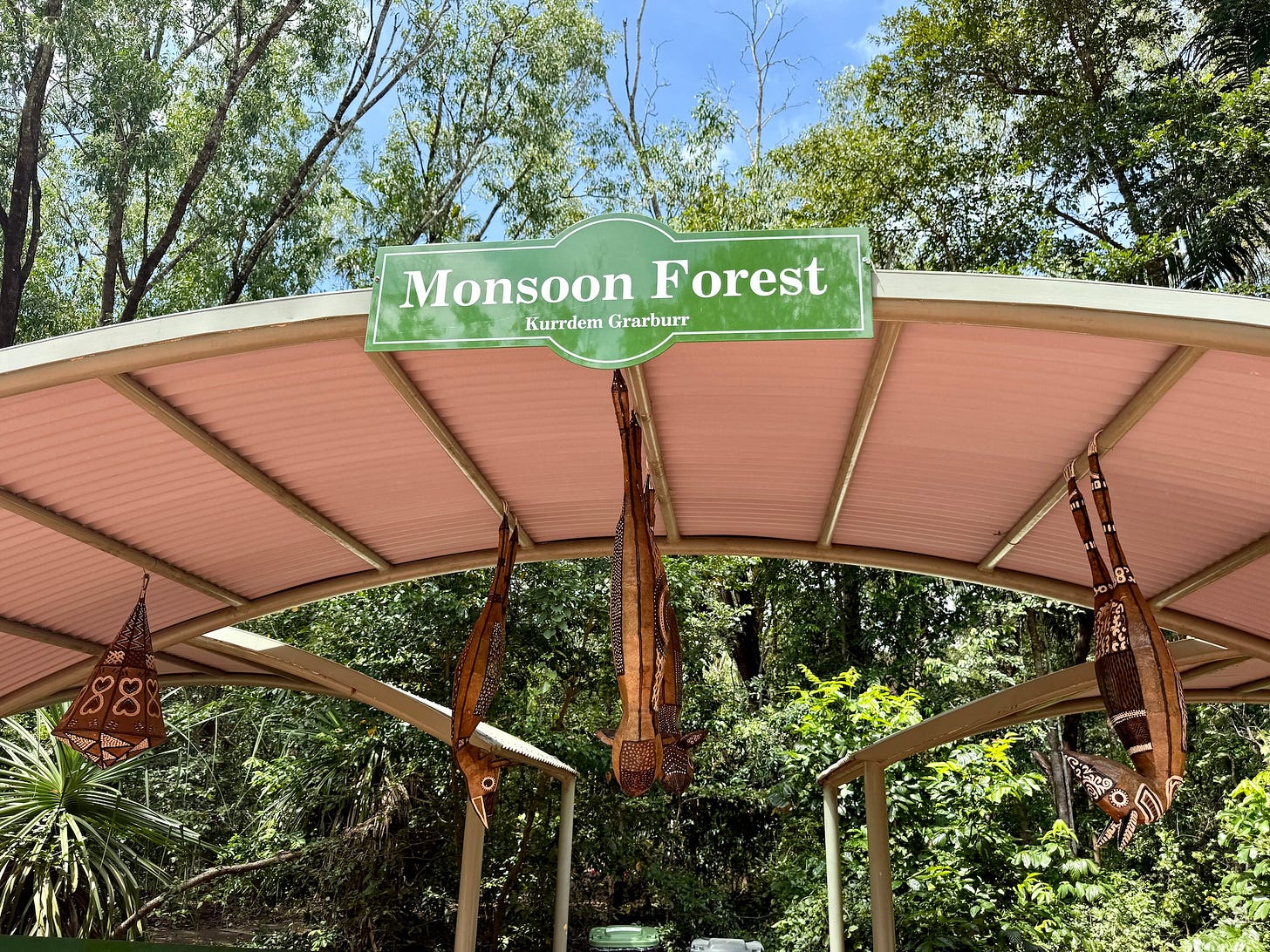

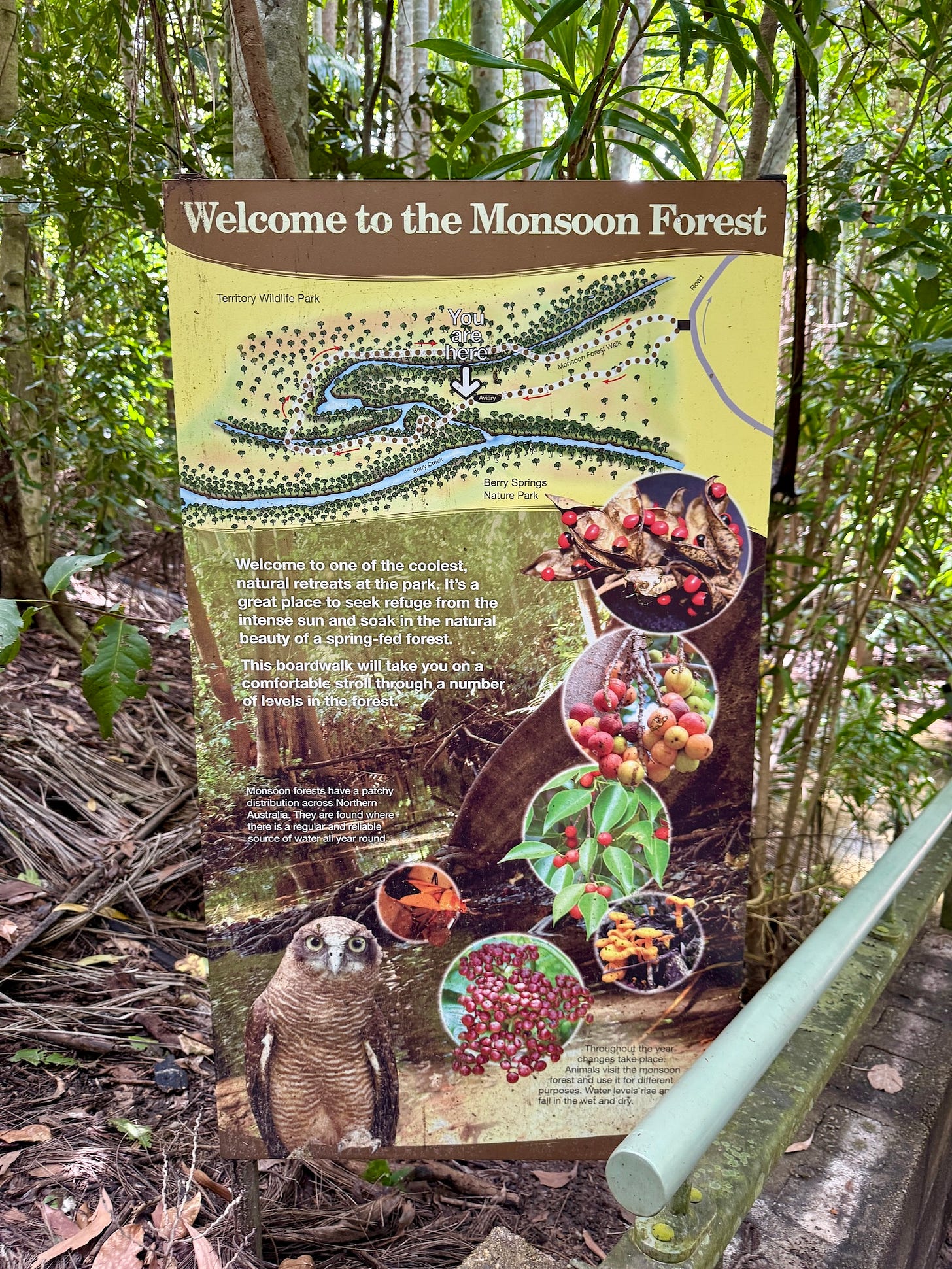
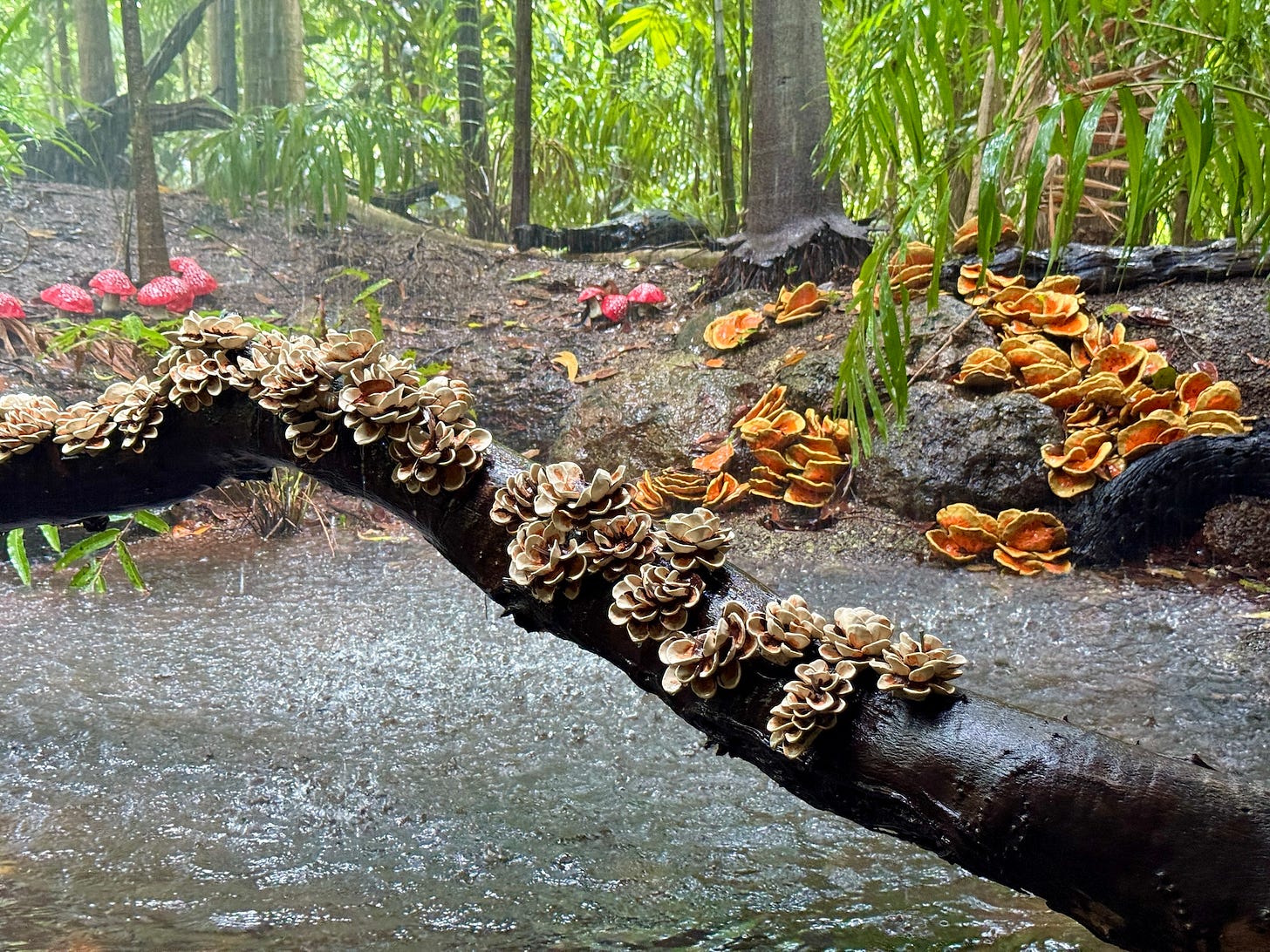
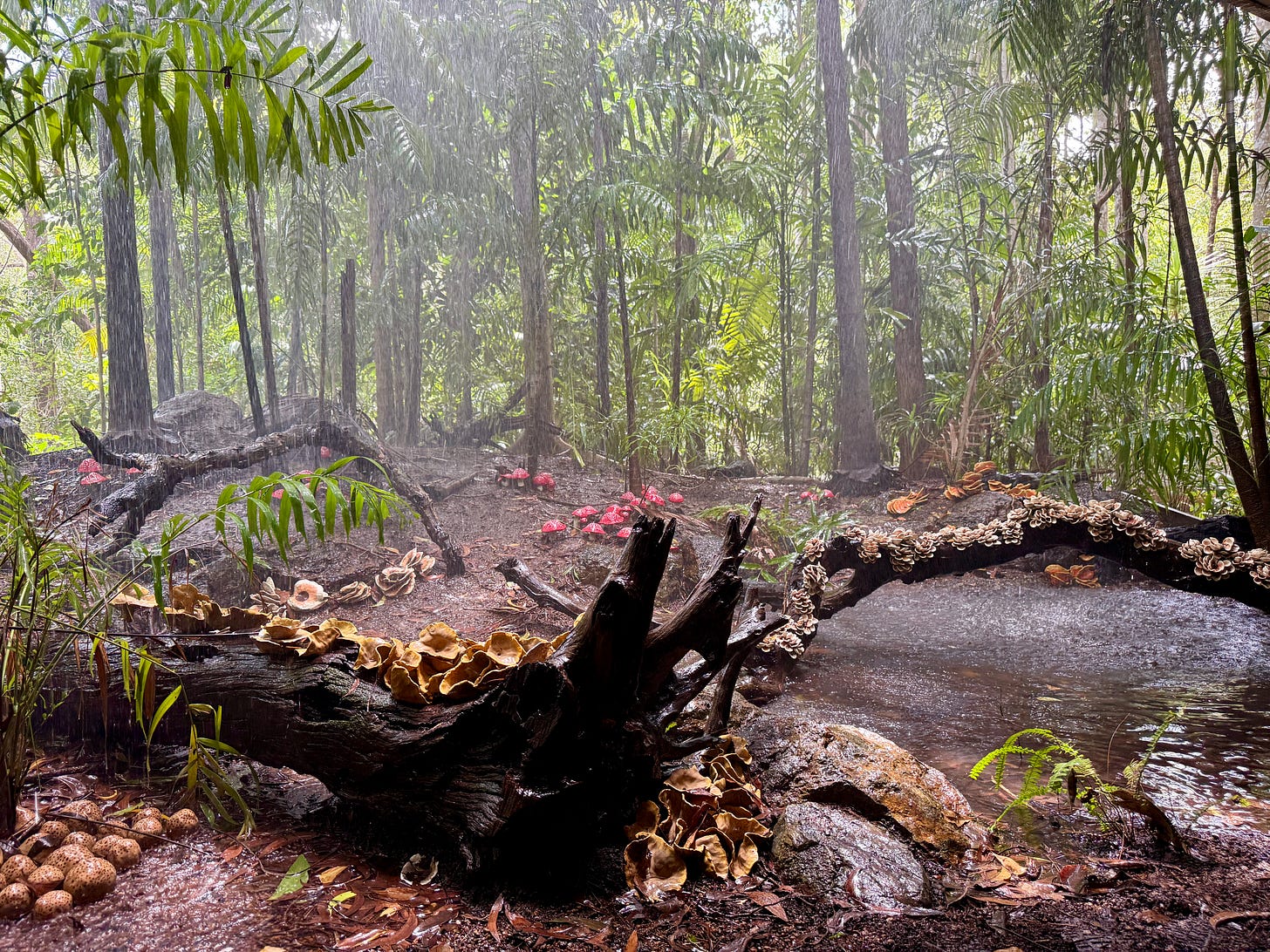
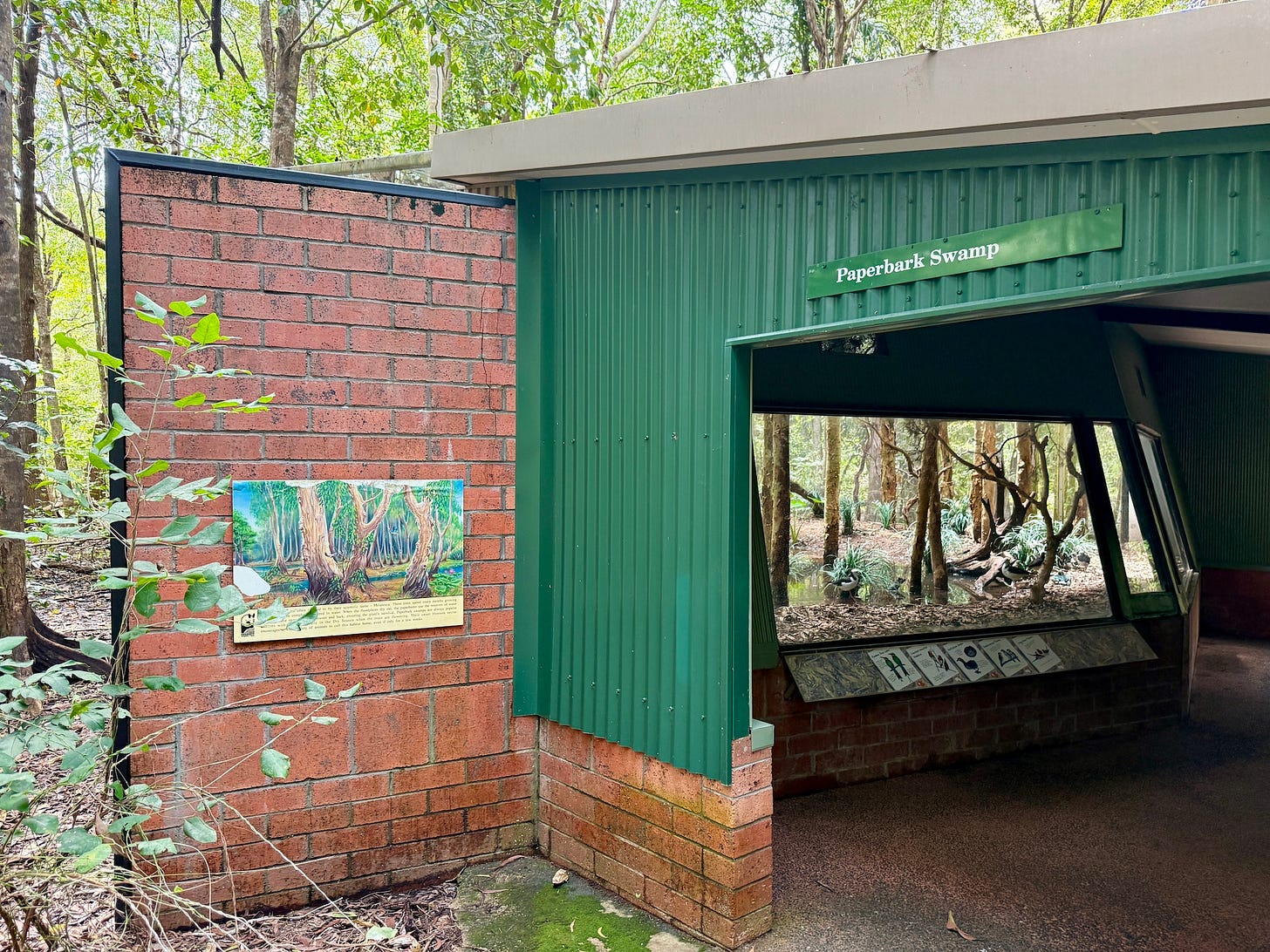
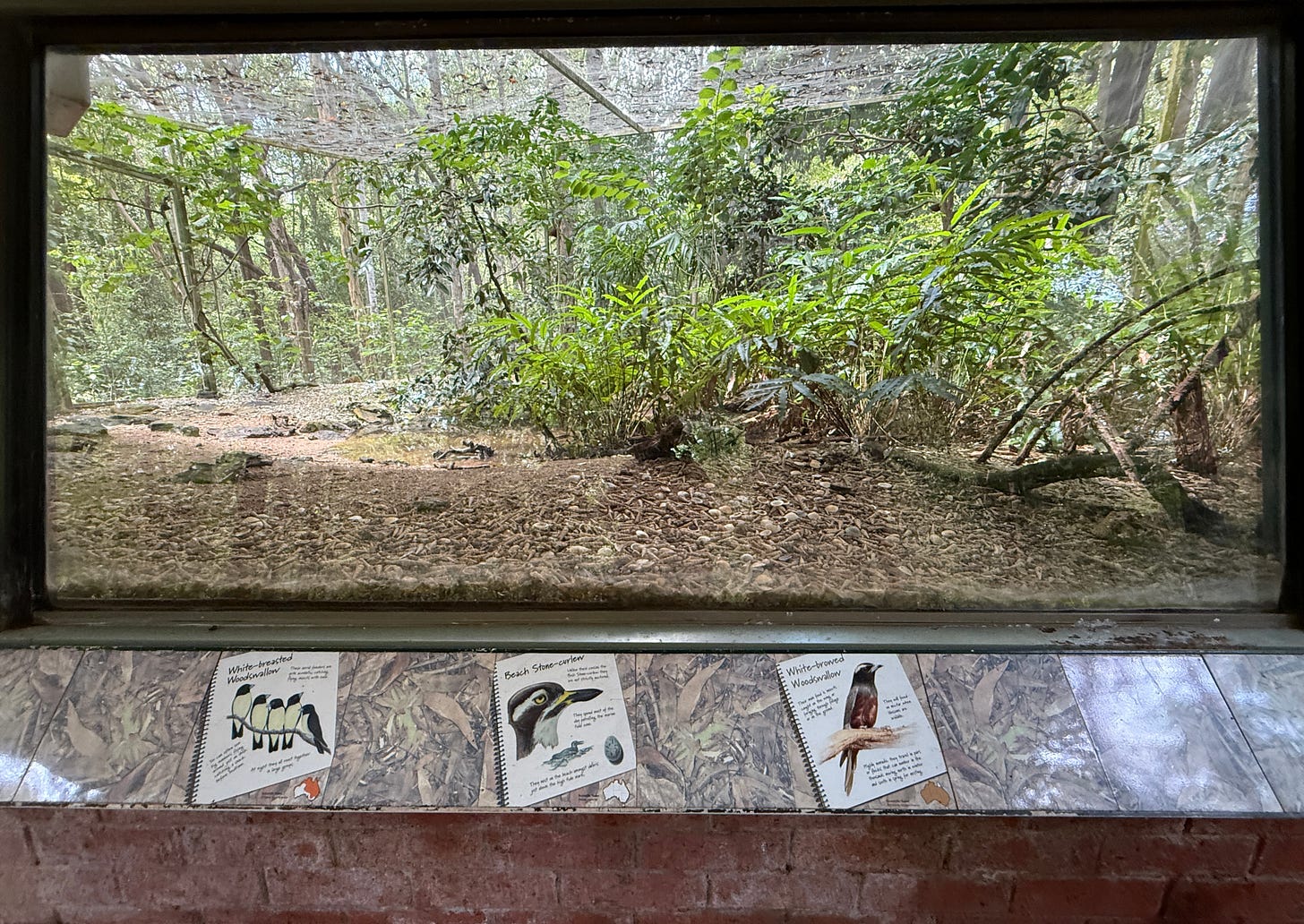
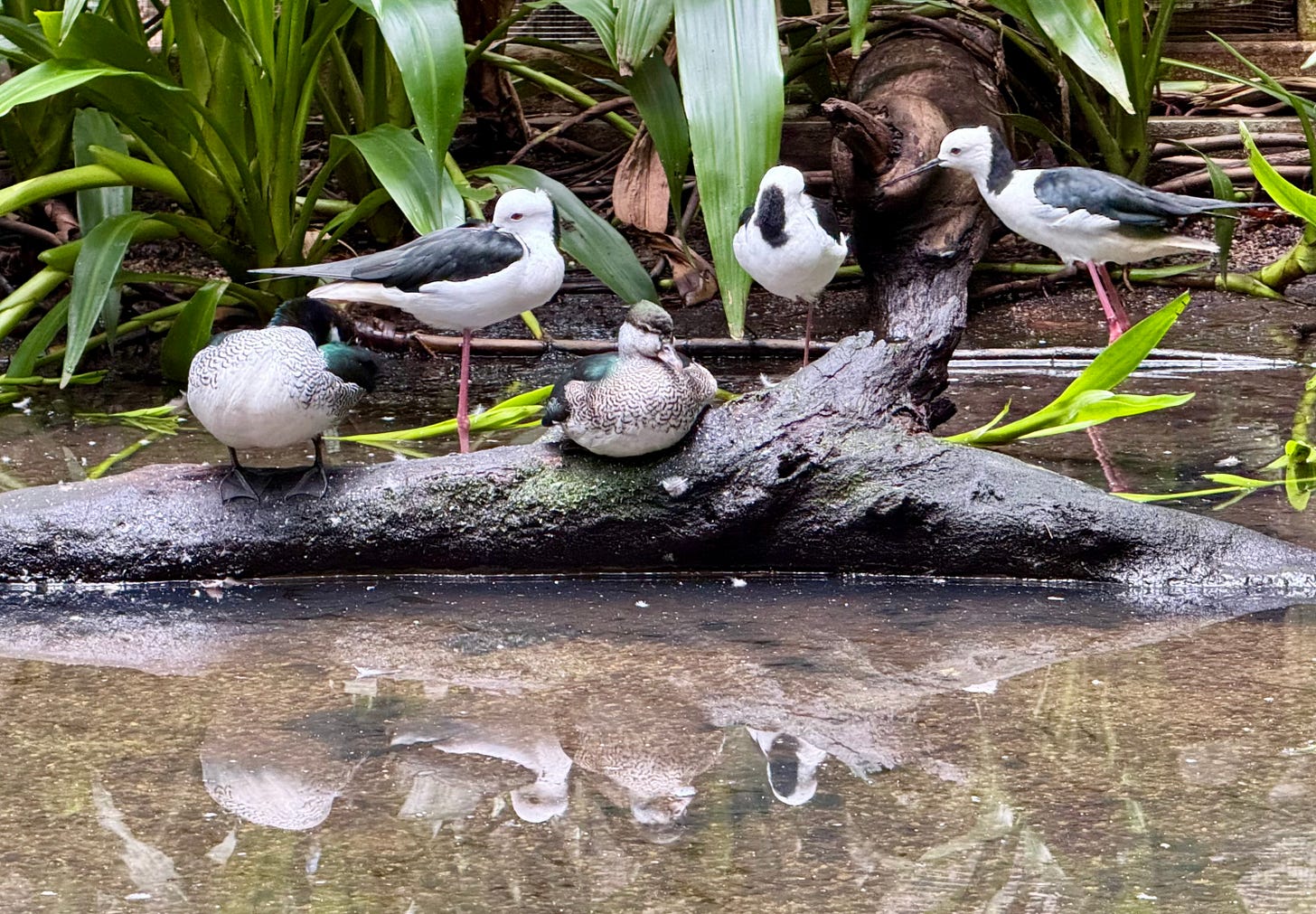
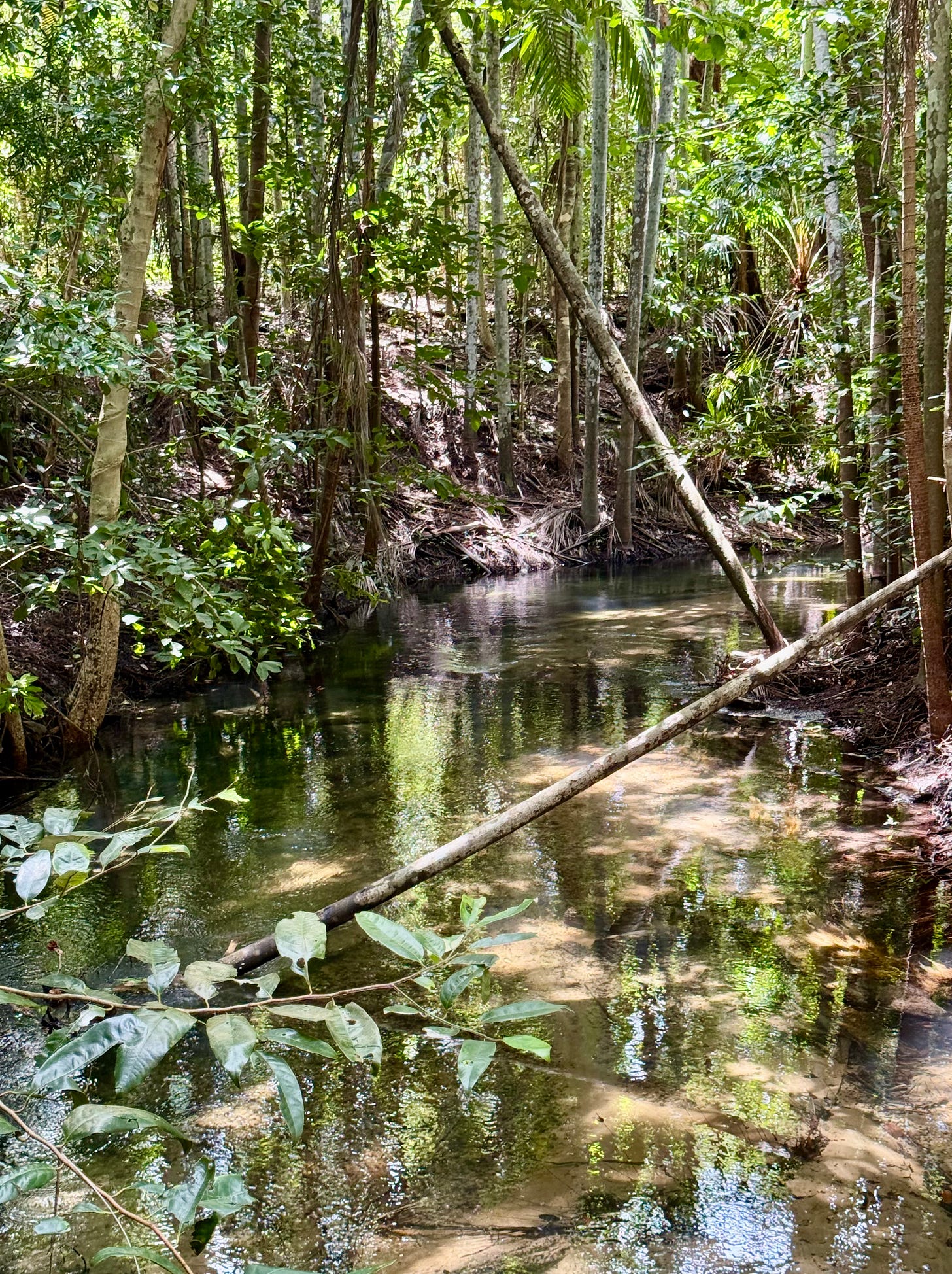
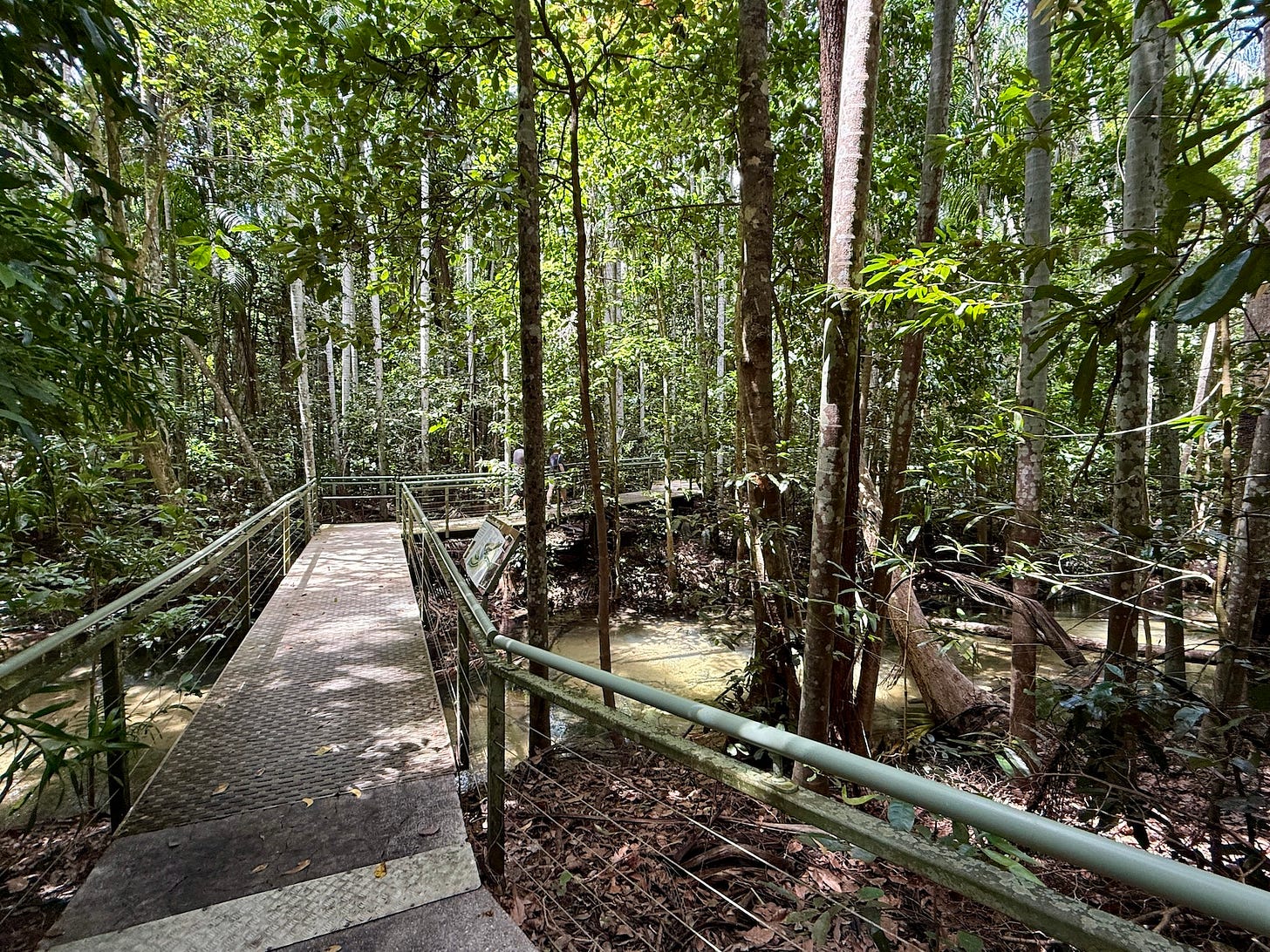
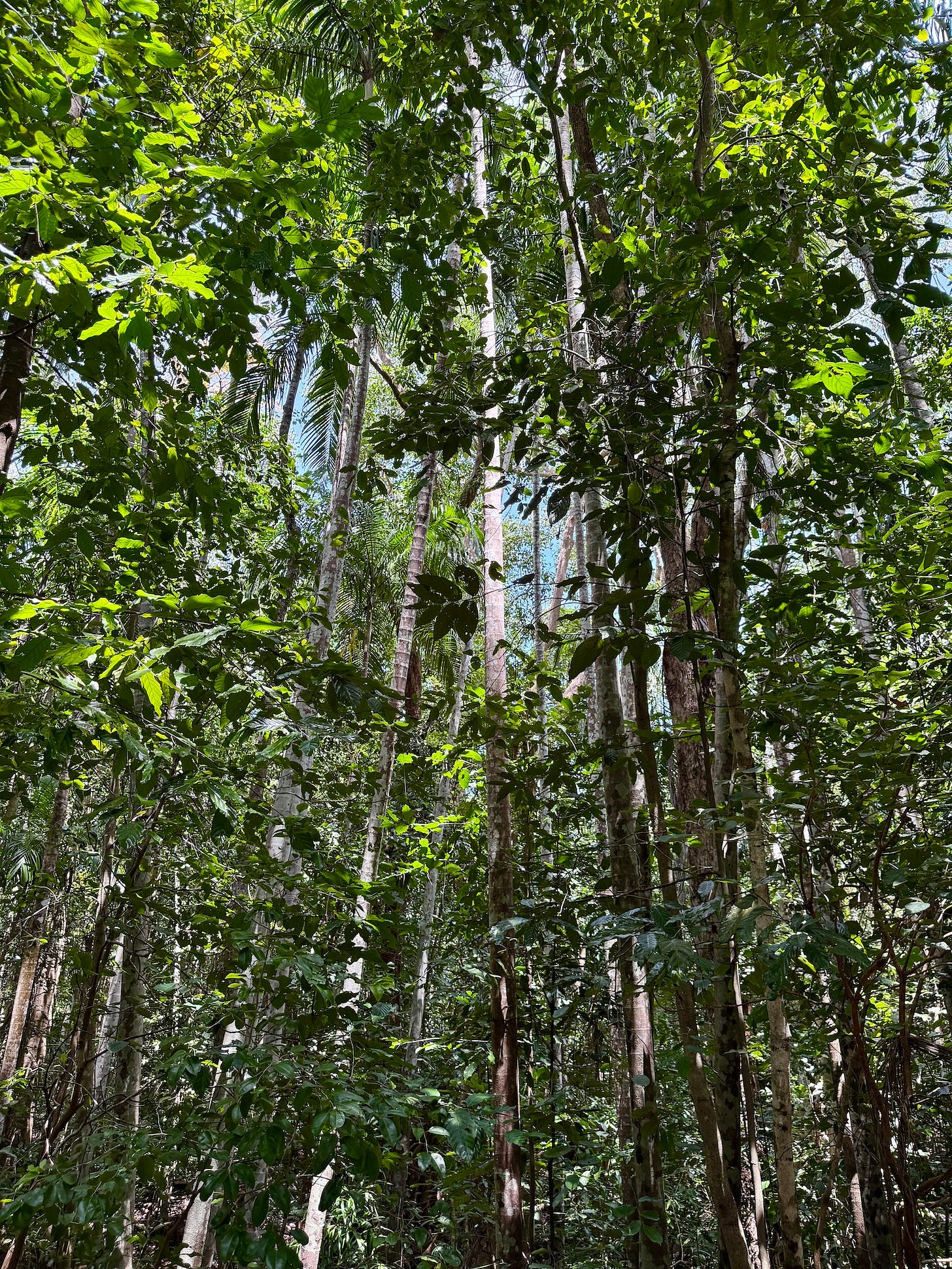
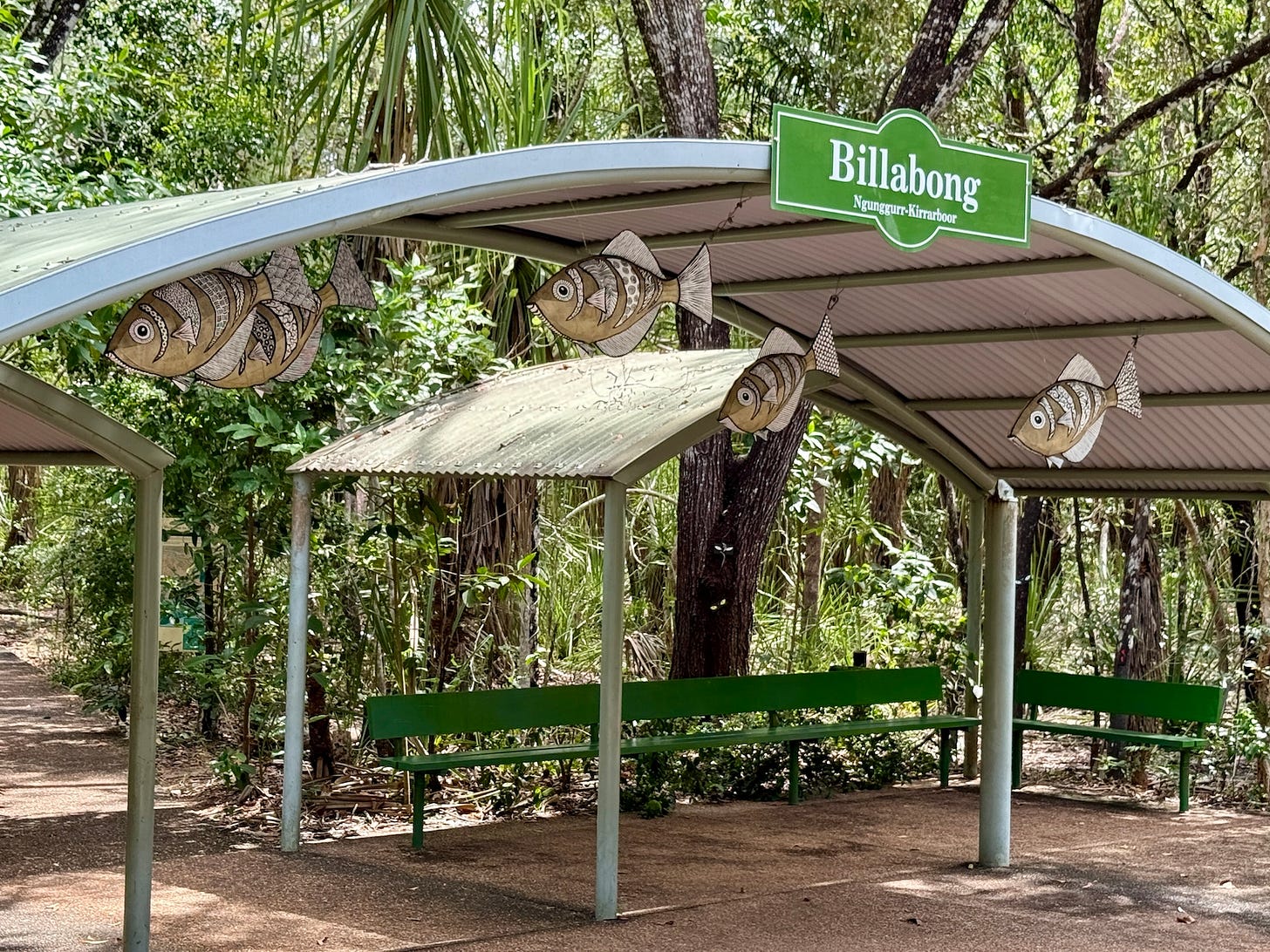
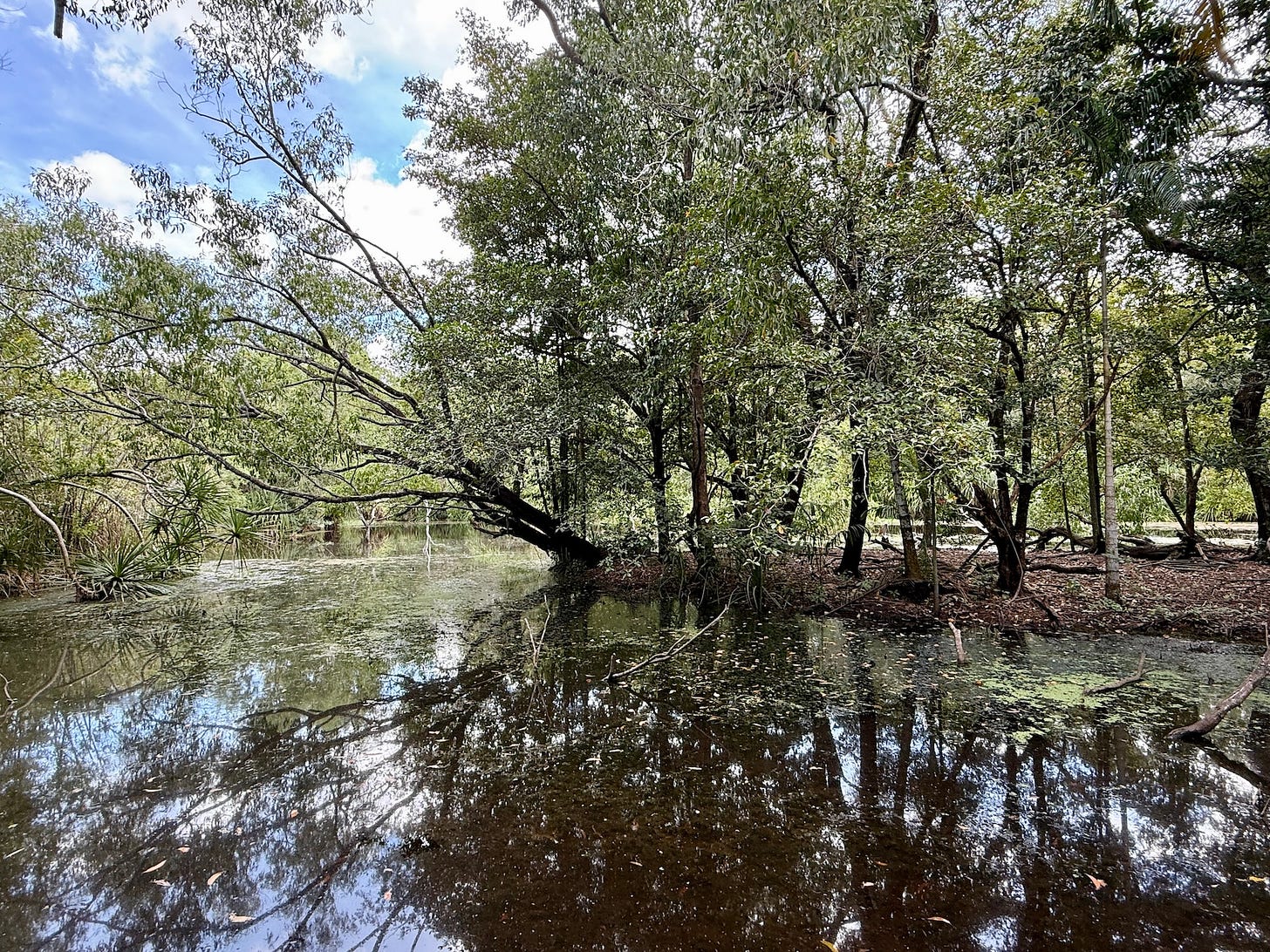
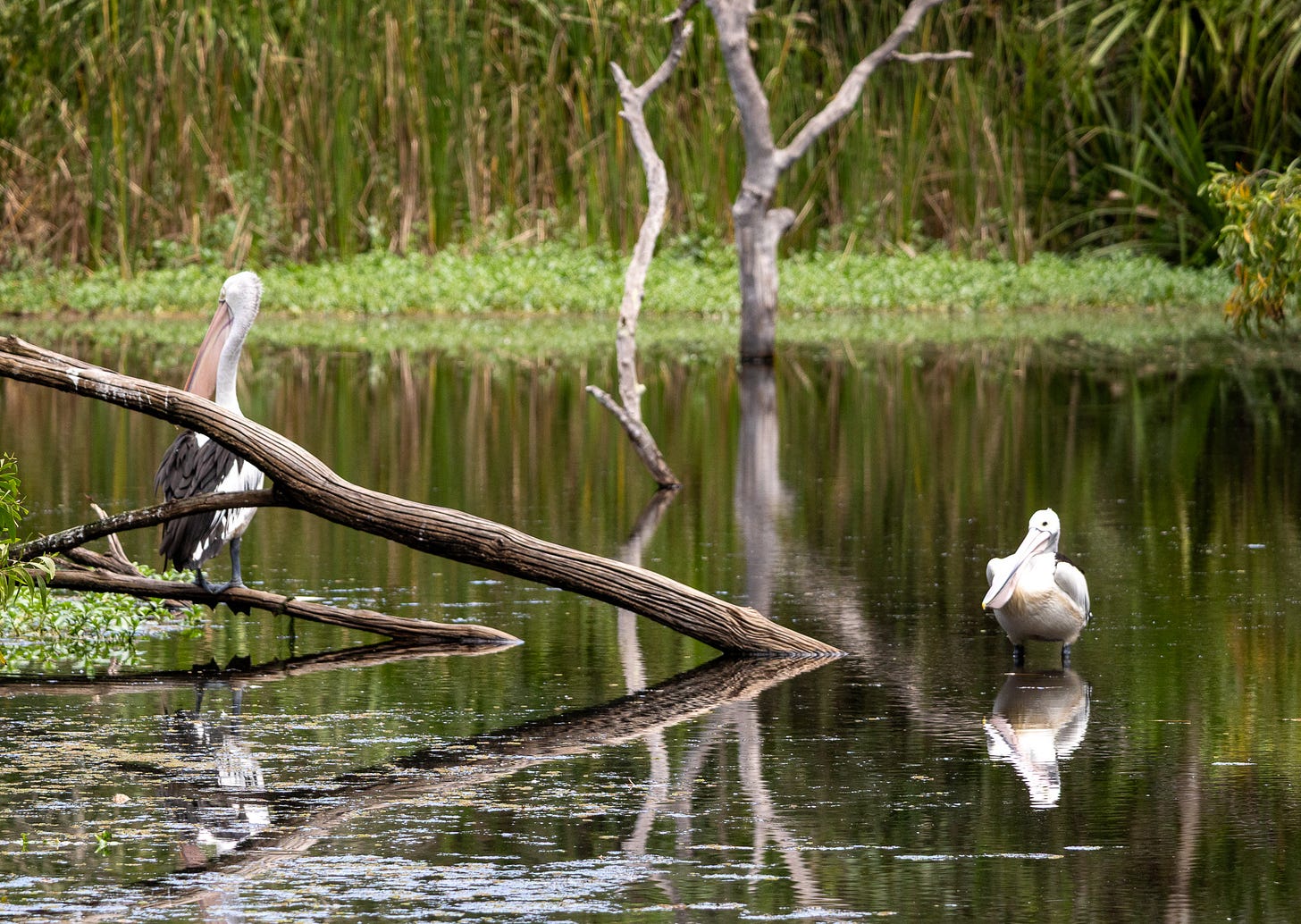
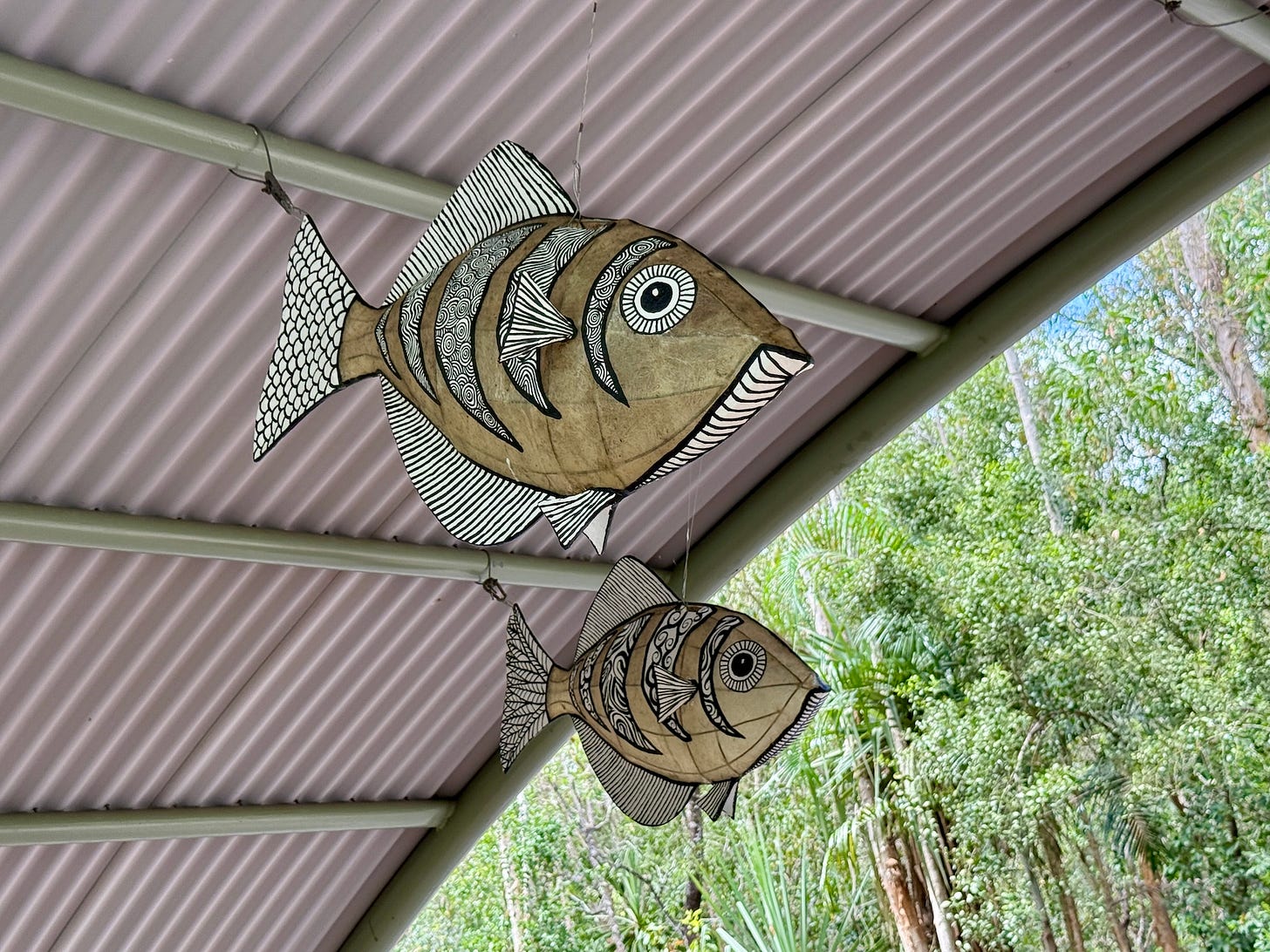
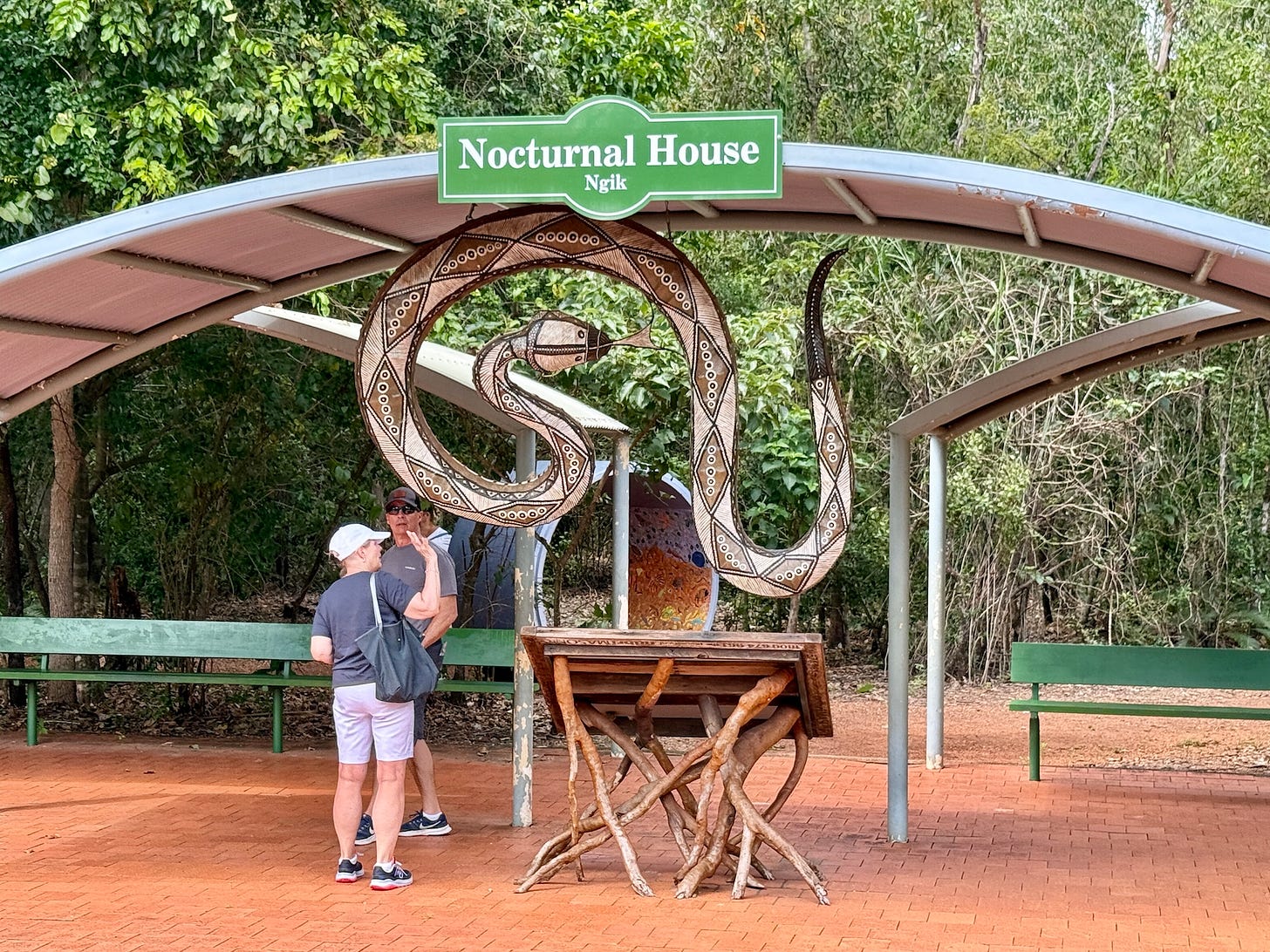
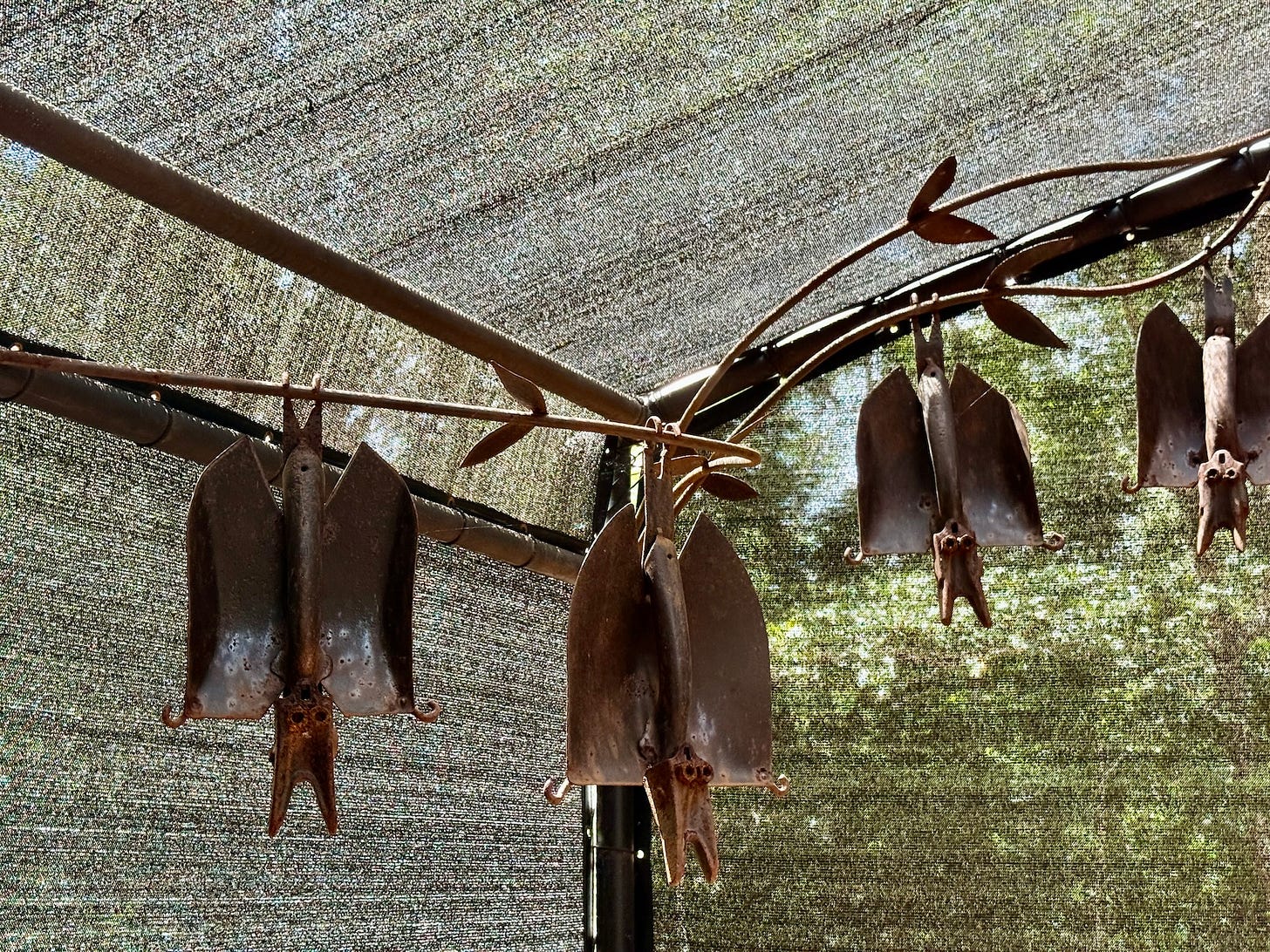
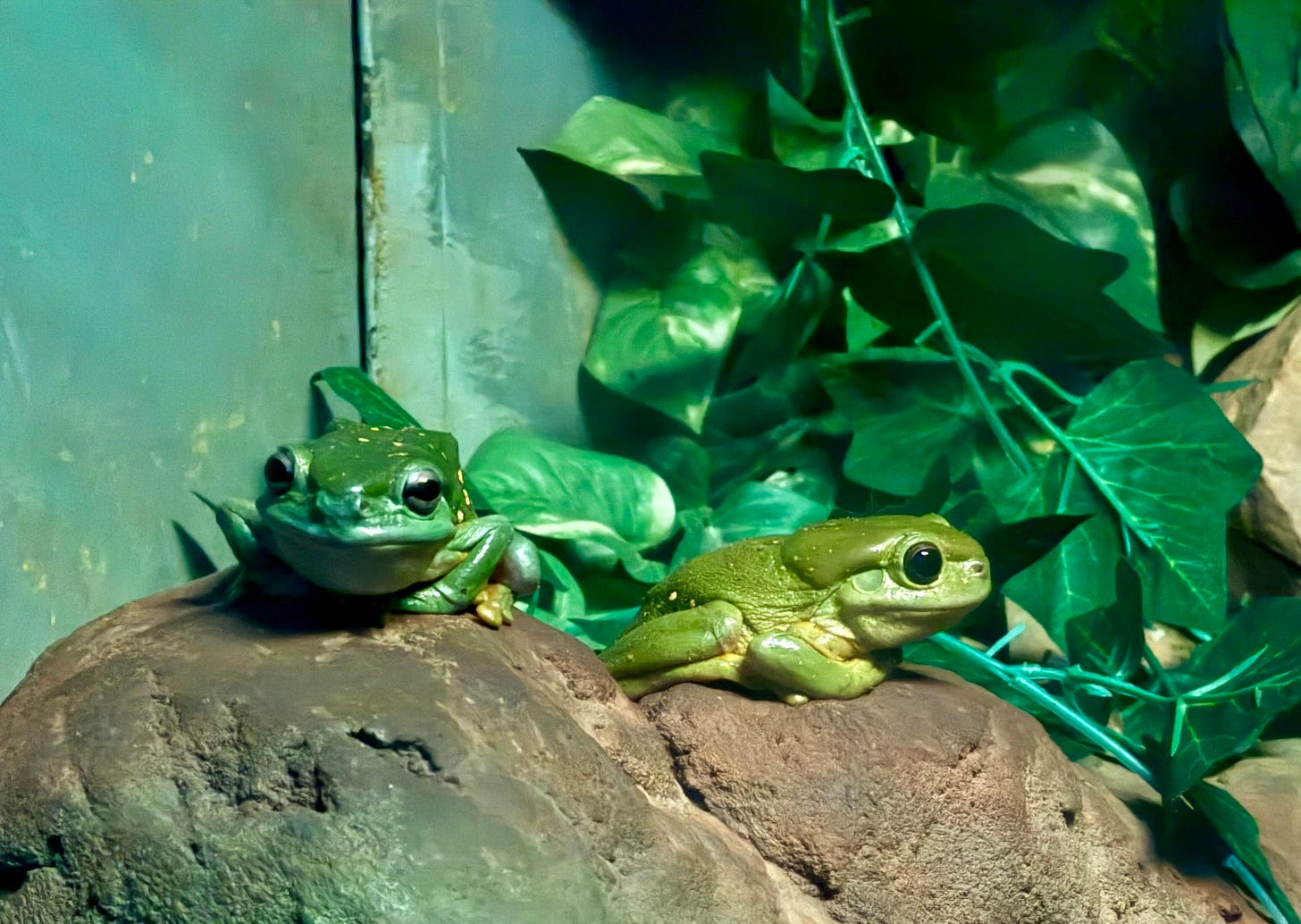
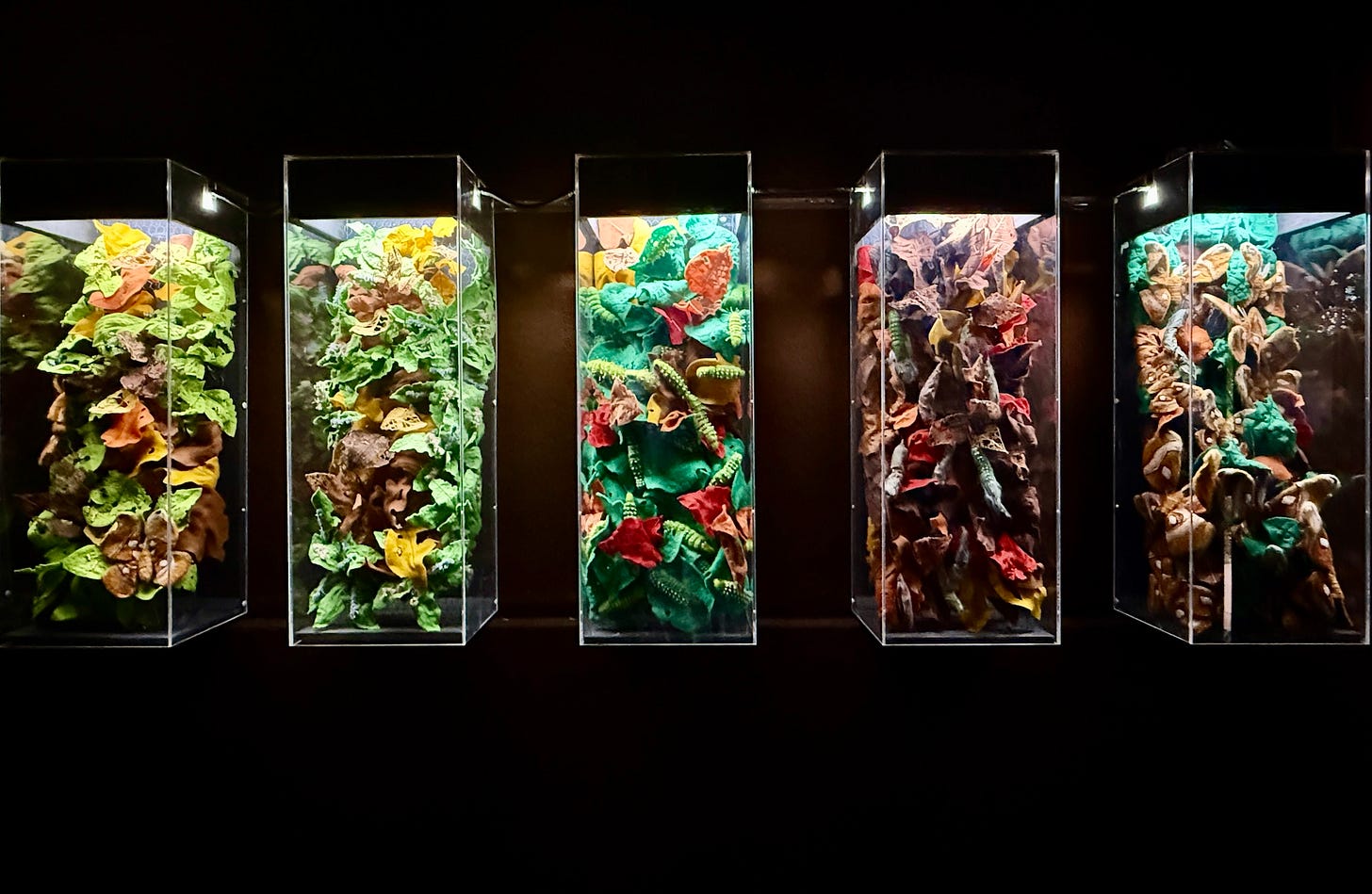
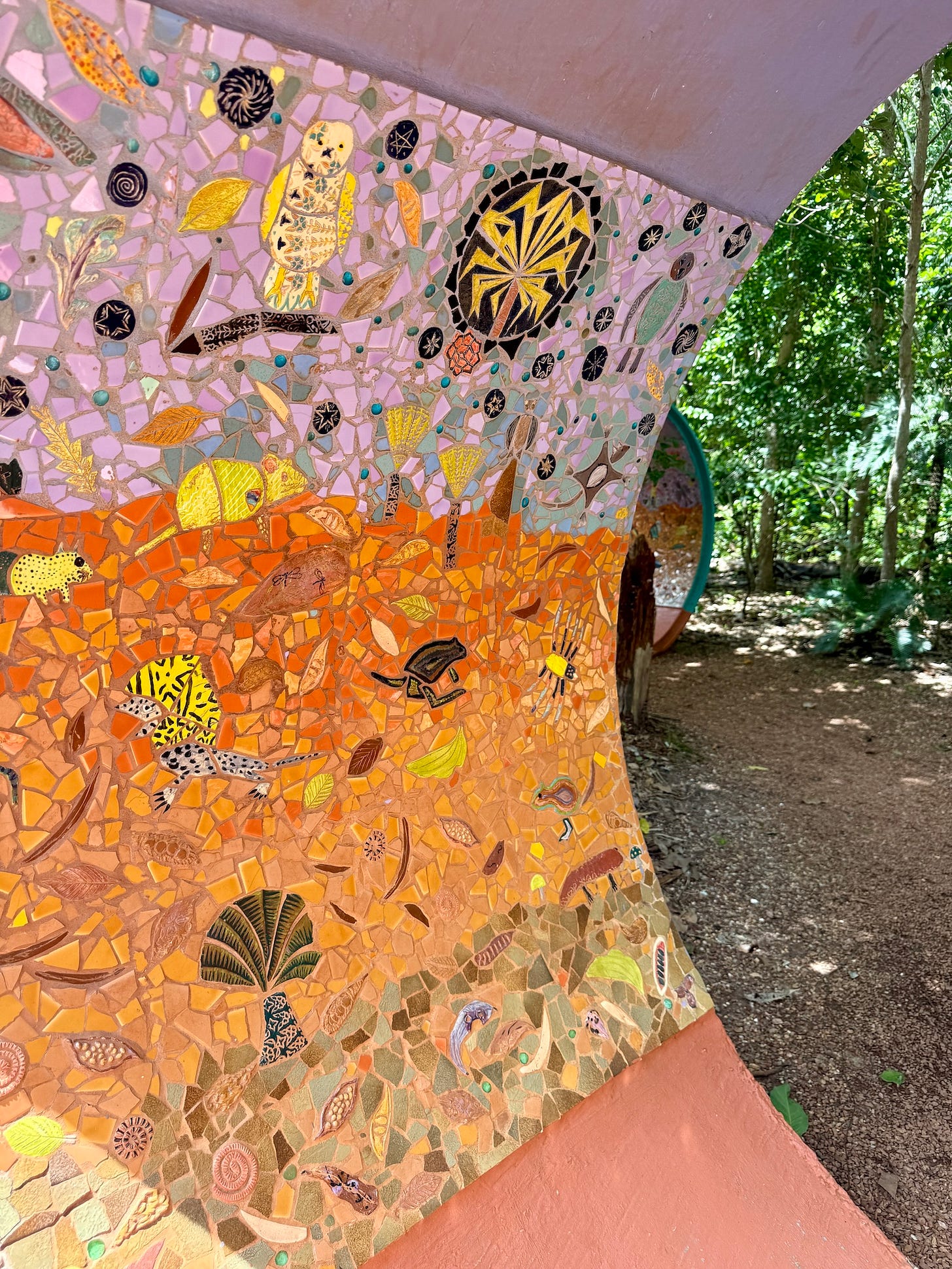
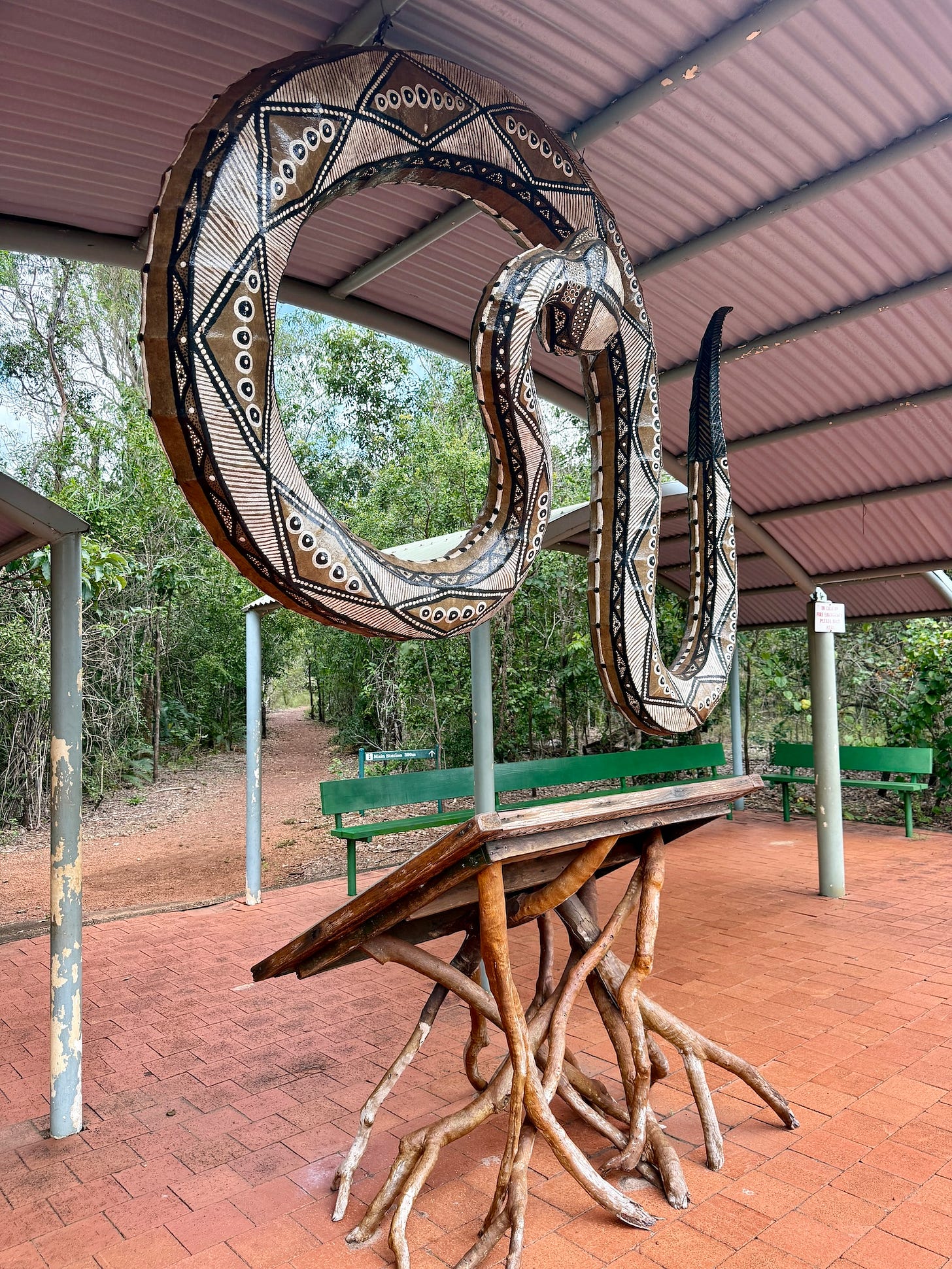
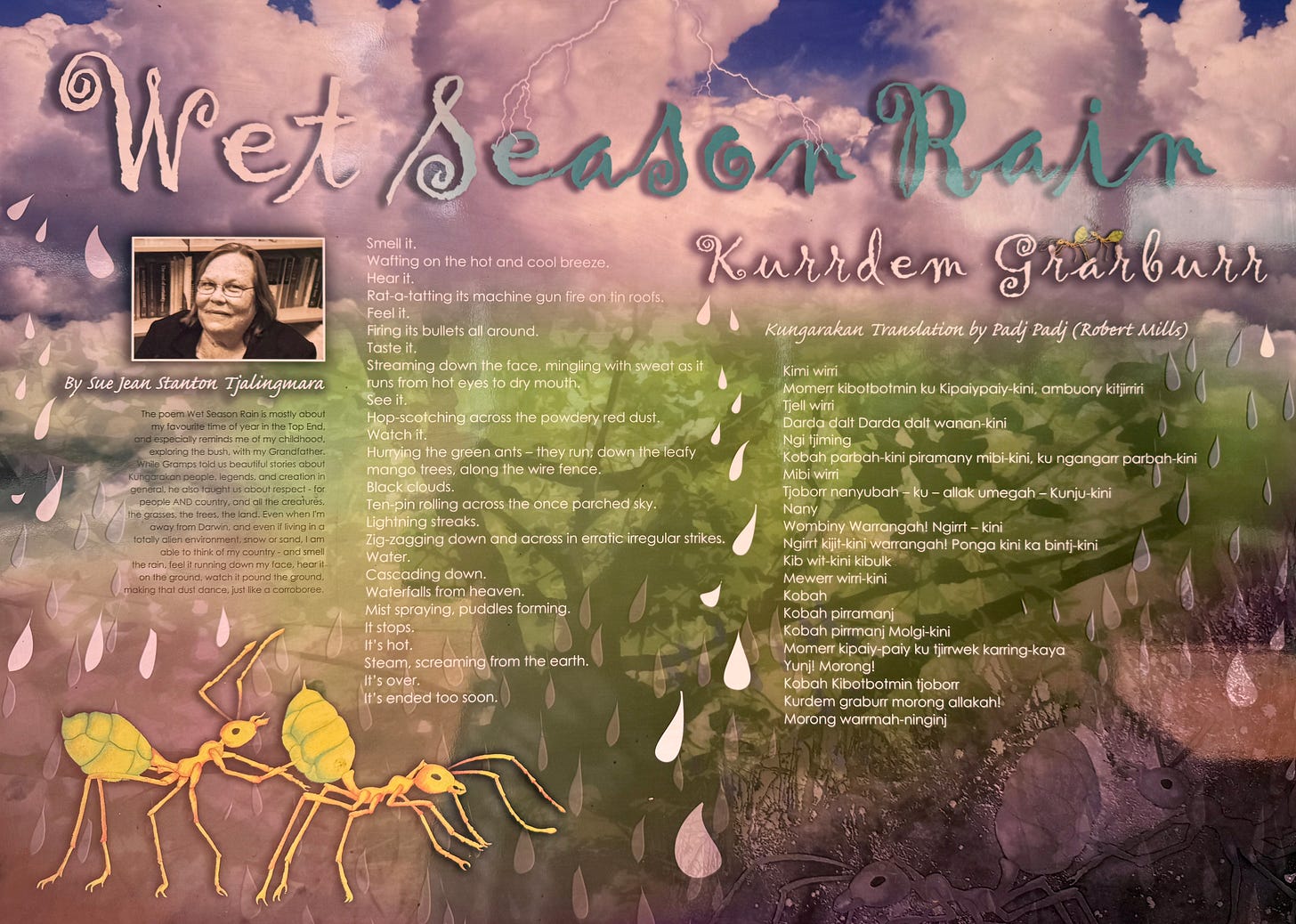
A perfect mix of all things wonderful! I can totally see why you would have opted for a whole day if possible. The heat and humidity would have made it tough for sure! So fun!